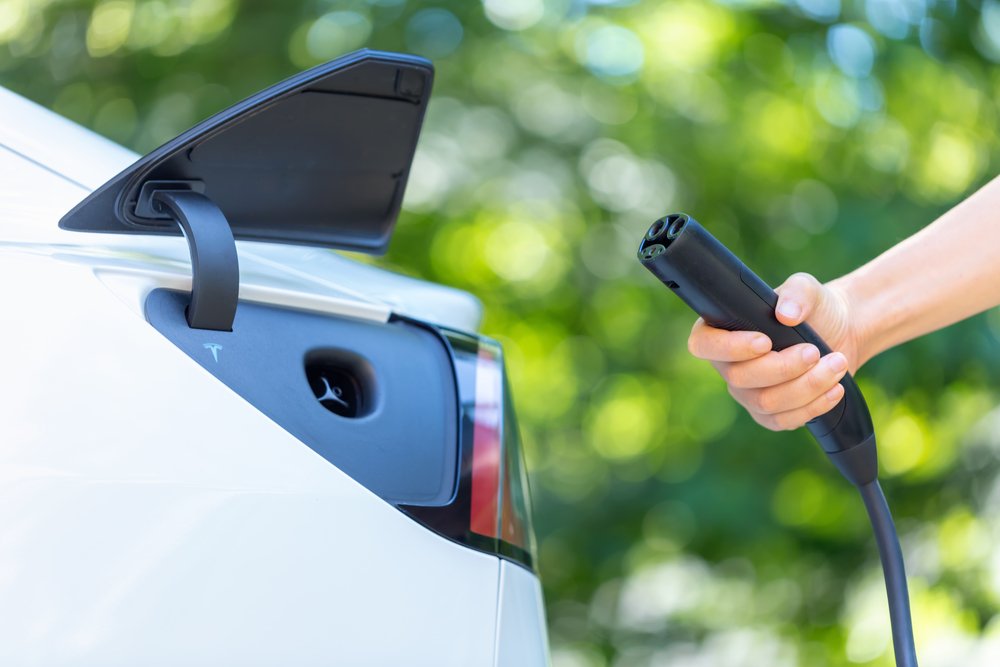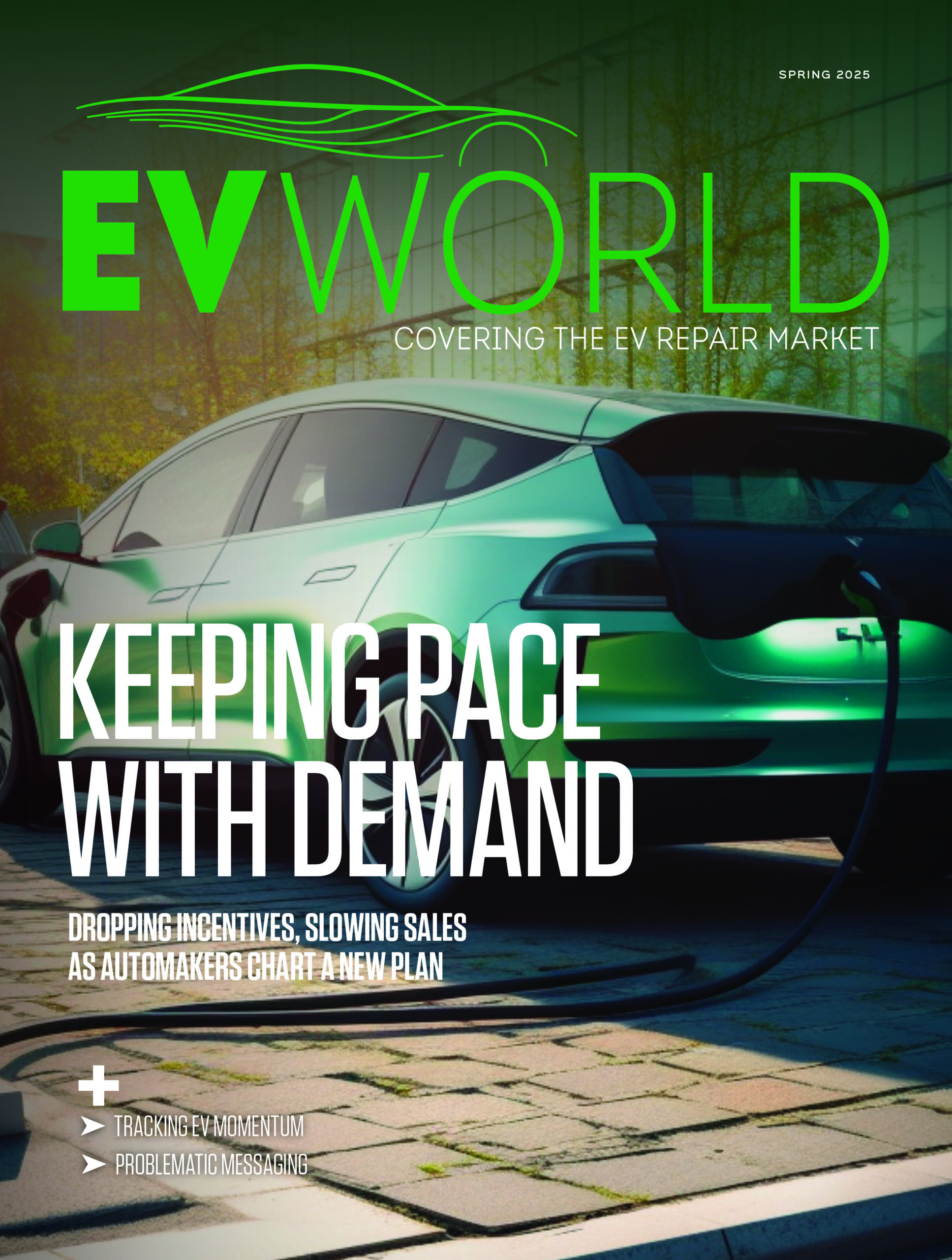
It would appear that those with electric vehicles don’t have concerns about range, new data suggest.
According to S&P Global Mobility’s analysis of the vehicle types that put up the most kilometres on the odometer, diesel and natural gas top the list while electrics came third, ahead of traditional gas-powered vehicles.
Battery electrics in Canada travelled more than 19,000 km in 2023. Plug-in hybrids were just behind that total by a little more than 1,000 km. Traditional internal combustion engine vehicles travelled about 16,600 km.
Both diesel and compressed natural gas vehicles travelled about 21,000 km last year, largely due to the fact most vehicles equipped with these propulsion systems are fleets and last-mile delivery vehicles.
“Typically Class 2, Class 3 trucks — they’re vans, they may be used for commercial work, last-mile delivery. And so they’re naturally going to get more kilometres per year,” explained Todd Campau, aftermarket practice leader at S&P Global Mobility.
The fleet side of things is where electrics are trying to penetrate. But the demands on weight for transporting goods or moving goods around for a day’s work are still a challenge.
“That’s not where the electric vehicle right now shines,” Campau said during the webinar, Insights on Vehicle Miles (Kilometres) Travelled in Canada, hosted by S&P Global Mobility.
Still, these numbers show that when consumers buy an EV, they’re not letting it sit parked in their driveways or garages.
“But definitely as you start to think about how can we move people toward electric vehicles, one of the things that we clearly have found is that when people do make that shift, those vehicles are getting used very similarly to what their non-electric counterparts were,” Campau said.












Leave a Reply